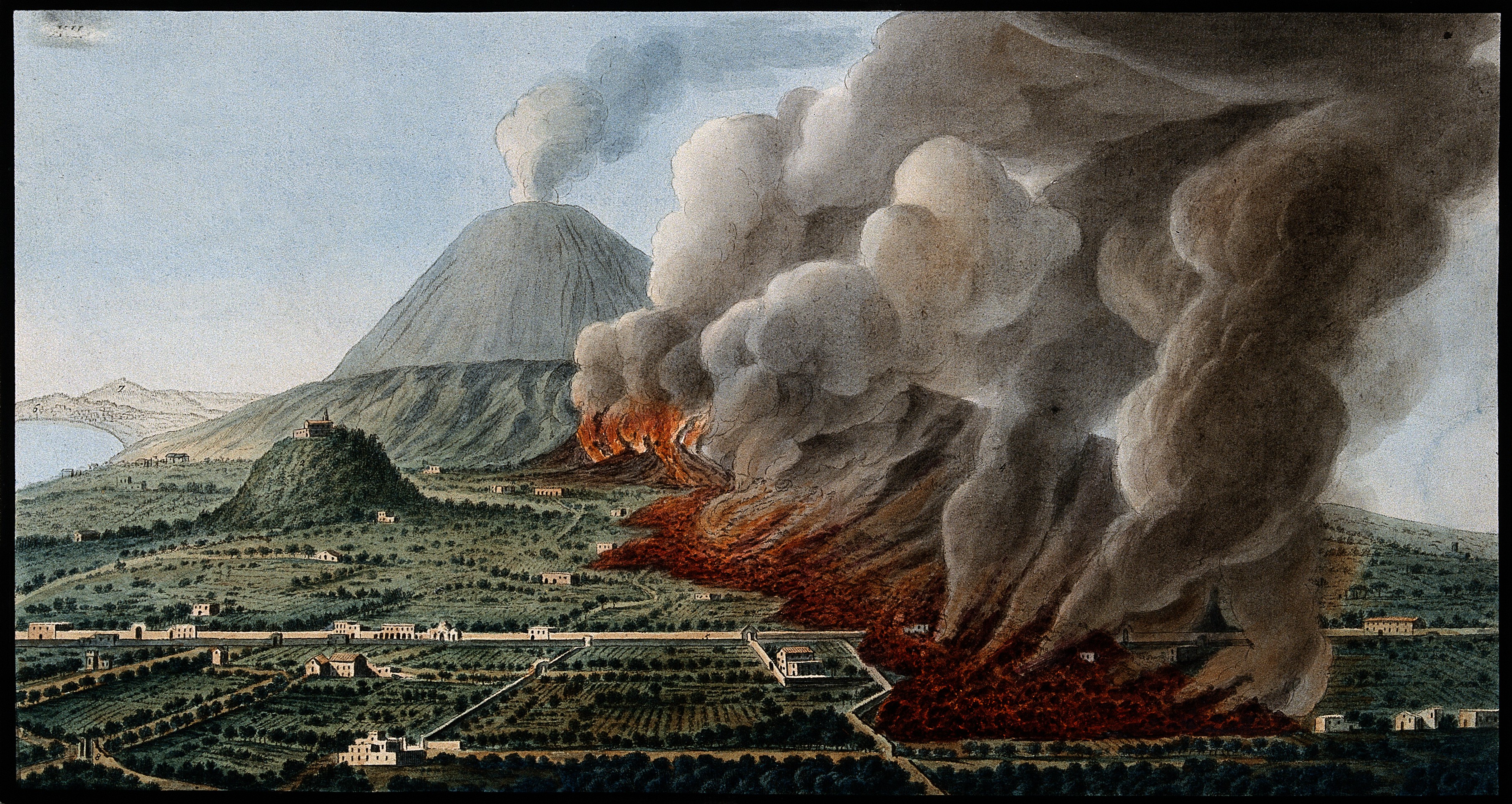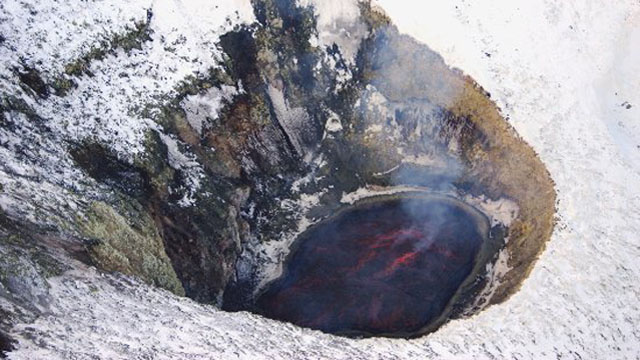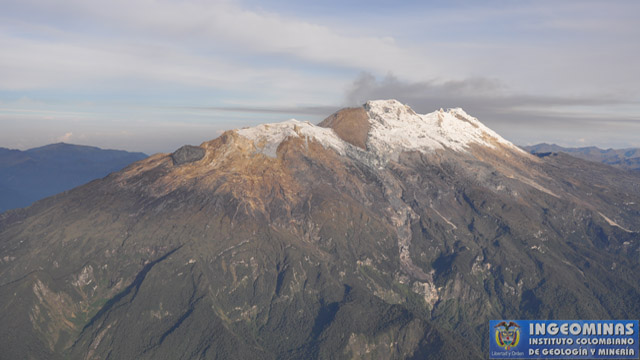Soufriere Hills continues having a big winter

A pyroclastic flow from the February 5 vulcanian eruption of Soufriere Hills. Image courtesy of the Montserrat Volcano Observatory (MVO).
UPDATE: See some amazing images of the recent eruptive activity over on Stromboli Online. {Hat tip to the Volcanism Blog via Eruptions reader CK.}
One event that didn’t eat much coverage over the weekend, at least here in the U.S., was the large eruption and explosions at Soufriere Hills on Montserrat. The volcano has had a resurgent winter since have a quiet summer of 2009. This weekend’s eruption produced an ash plume that reached ~6.1 km / 20,000 feet – which has been happening quite a bit over the last month or so. However, this eruption produced an large pyroclastic flow that reached the former capitol of Montserrat, Plymouth and 500 meters (not miles as one report states) into the sea. This eruption would technically be a vulcanian eruption according to MVO and prevailing winds prevented ash or lapilli from falling on the eastern half of Montserrat. This eruption was likely related to the collapse of the growing summit dome. MVO has posted a thermal video of a previous vulcanian event on January 7-8, showing the collapse/explosion from the dome and the pyroclastic flow generated – both made of hot (>500 C). The latest information on the current activity from Soufriere suggests that the central western part of the dome was growing steadily before the vulcanian event over the weekend, but there is yet to be another observation of the dome to see if that has changed.




